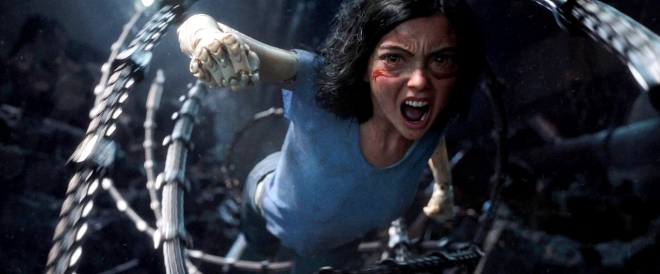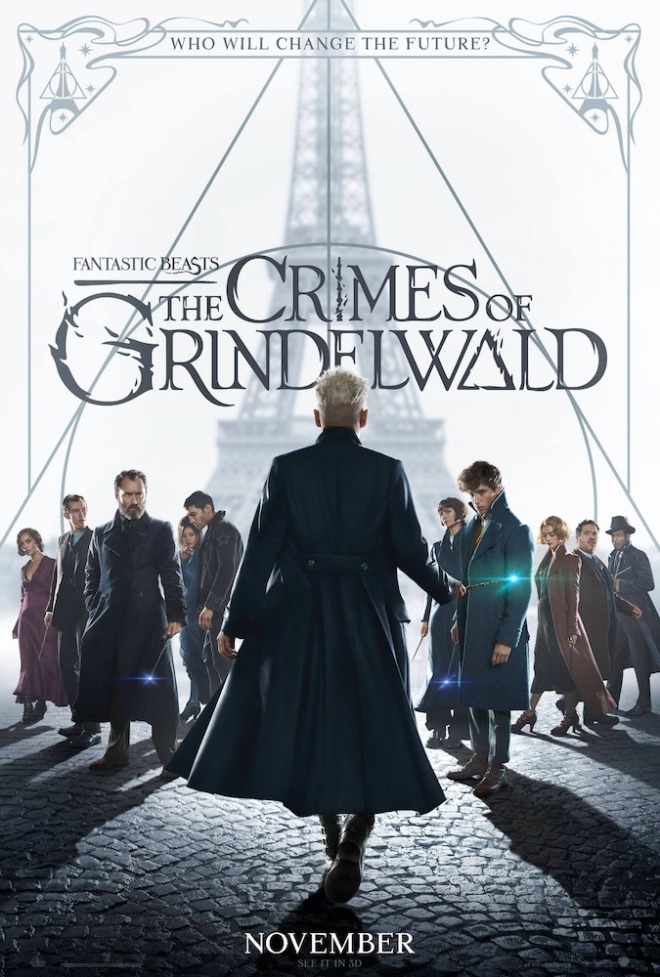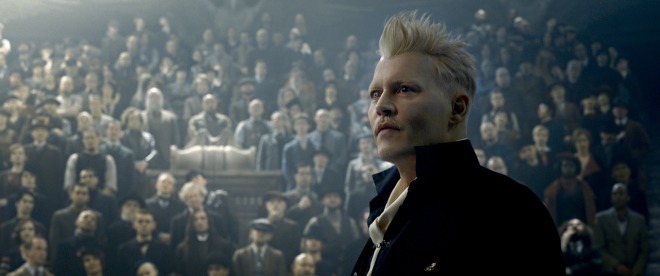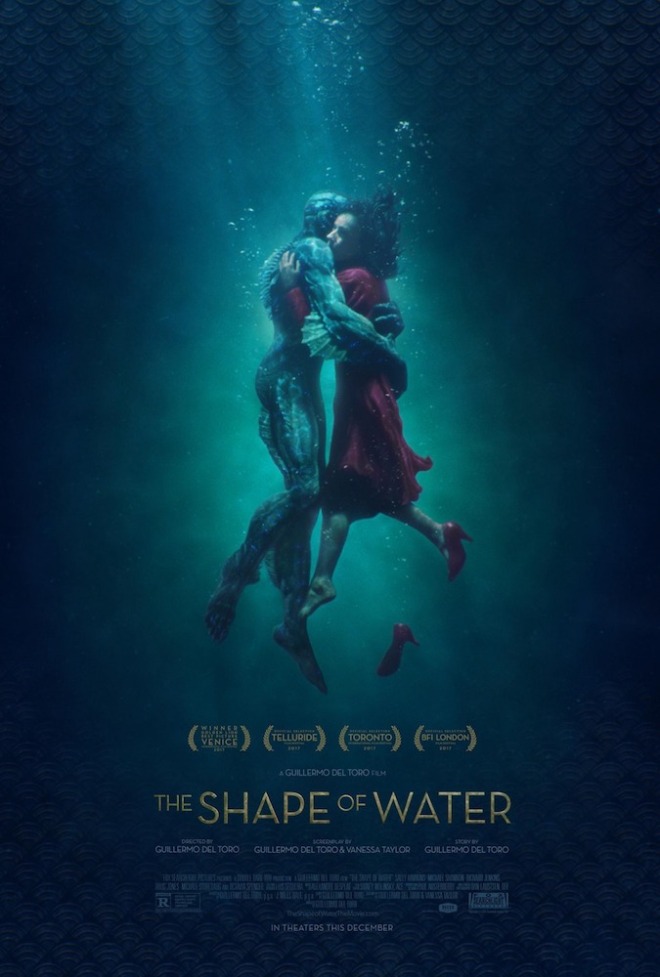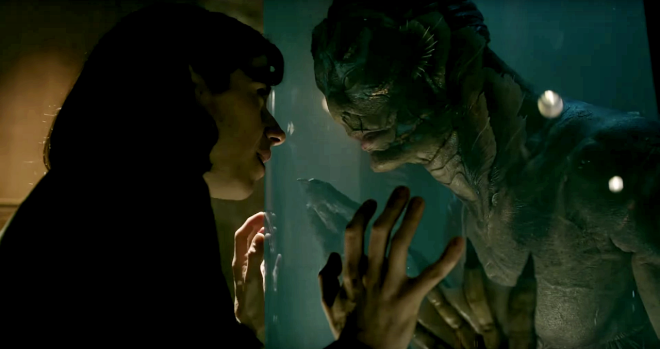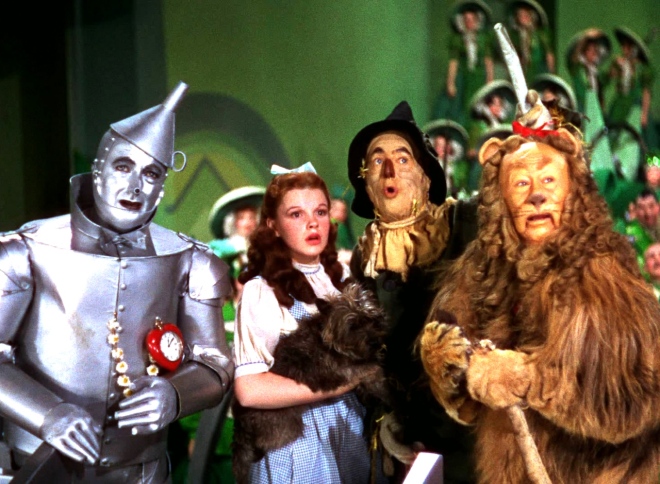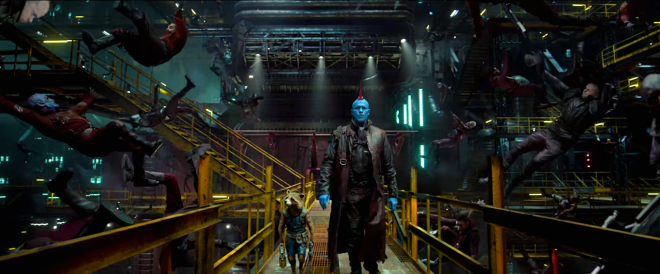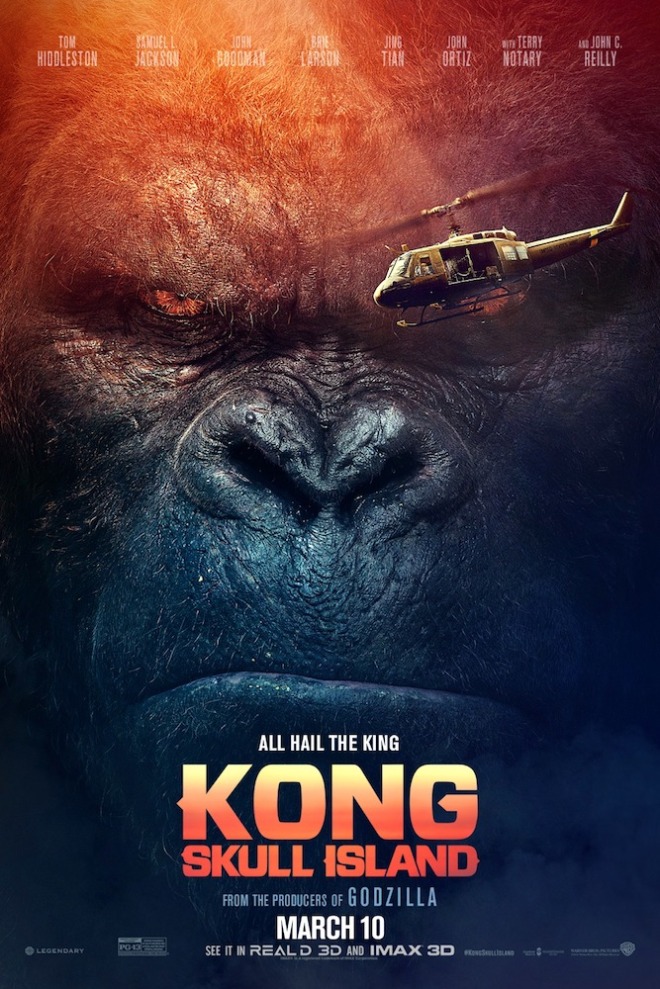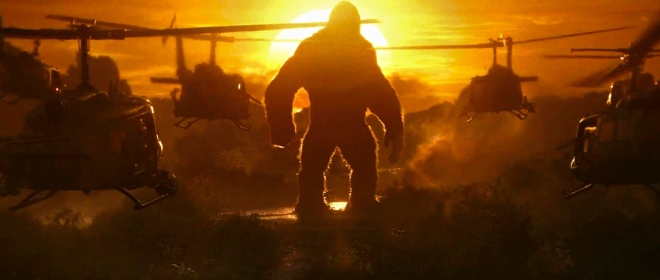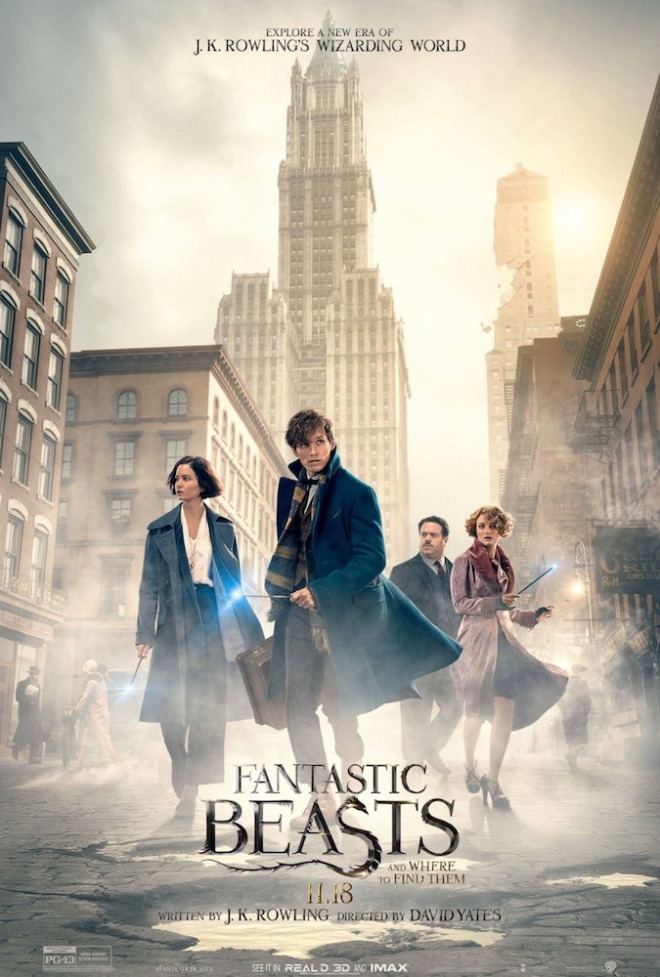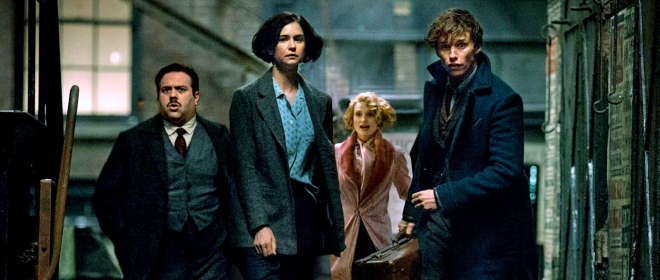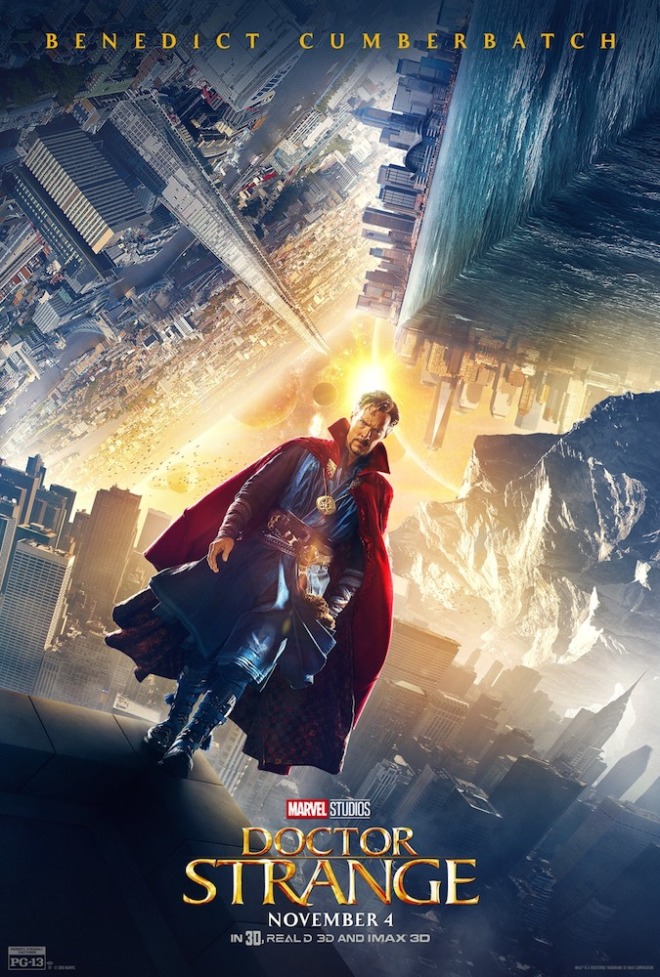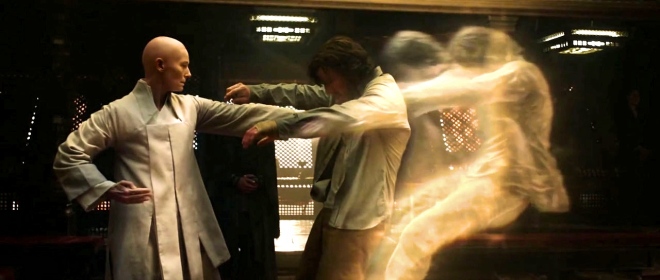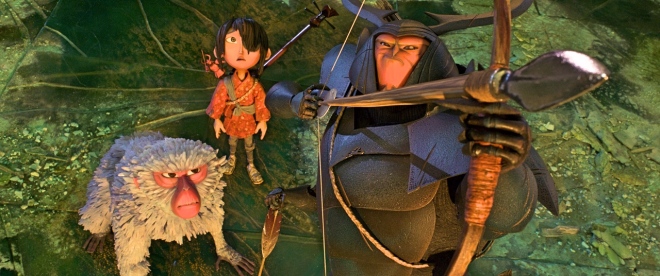
Far better than what I anticipated, Alita: Battle Angel was going to be James Cameron’s next project after Avatar until he decided to devote the rest of his life to making sequels to that 3D epic after its monumental success. Languishing in development hell ever since despite the availability of the full script, penned by the visionary filmmaker himself, this cyberpunk sci-fi actioner eventually entered production with Robert Rodriguez helming the director’s chair and that’s where I lost interest. On top of that, the trailers looked dull, the premise felt generic, and the lukewarm reception didn’t help the cause either. Having seen it now though, I can say with certainty that this movie is surprisingly good.
Based on the manga series Battle Angel Alita, the story takes place in a futuristic timeline set 300 years after a catastrophic interplanetary war devastated Earth. The plot follows a cyborg who is found disembodied in a junkyard by a scientist who then puts her together and names her after his deceased daughter. Waking up in the new body with no memory of her past, she embarks on a quest to find out her true identity. As she begins to navigate her new life in the mysterious world, she meets a street-smart guy who offers to acquaint her with the workings of the society she is now a part of, which in turn helps trigger her memories and with every new piece, she gets one step closer to discovering who she is.
Directed by Robert Rodriguez (best known for Sin City), what surprised me greatly about Alita is that the script first makes sure that it has got the plot basics covered before filling up the pages with cyberpunk details. At least one ambitious & futuristic sci-fi film hoping to become a successful franchise surfaces in Hollywood almost every year. And yet, most of them fail because they don’t have this particular aspect covered. Cameron’s screenplay is still not perfect though. It was probably still unfinished before Rodriguez condensed it, plus it definitely required more polishing. However, Alita’s arc is compelling throughout and is handled with care, for the story manages to earn our interest & investment in her journey as plot progresses.
Now Robert Rodriguez may not have the skill set of James Cameron to realise his script & vision to its full potential on the film celluloid but what he puts up still works better than the hollow content most blockbusters churn out these days. On the strength of its central storyline alone, Alita manages to make most of its shortcomings feel trivial. The futuristic world is arresting to look at but it is lacking that seamless quality & sense of intrigue that immerses us into a fictional universe. The best moments in the film belong to the scenes between Alita & Dr. Ido, for they brim with a genuine father-daughter dynamic. The two also happen to be the only characters in the finished film who aren’t entirely forgettable or poorly sketched.
The world building is impressive, magnificently detailed & at times captivating. Dialogue is cheesy & corny, especially in that love interest subplot, but the flow of events and how everything unfolds is smooth & rarely out of place. The real strength of this film however surfaces when it kicks into the action mode. The action itself may look ridiculous at times but it is embraced & executed so exquisitely & wholeheartedly that these action segments end up being pure fun, unabashed & wholesome extravaganza which in the process, also establish Alita as one badass cyborg not to be messed with. It’s a shame that the film fails to garner our interest regarding its dystopian setting the same way it manages to bring & keep us on board with Alita’s journey to self-discovery.
Although CGI is heavily applied to nearly every frame, it rarely distracts from the drama that unfolds at its centre. Camerawork is at its best during moments of action, employing sharp angles, aptly timed slow-mo, wide range of colour palette & smart lighting to liven up the images. Editing isn’t up to the mark, for there are segments the film could’ve done without. The background score by Tom Holkenborg (Junkie XL) also stands out only on a couple occasions. As far as performances go, only Rose Salazar manages to impress with an excellent showcase and she does her character complete justice. Christoph Waltz also makes the most of the little material available to him. The rest are either wasted or their characters are mere caricatures we never give a damn about.
On an overall scale, Alita: Battle Angel manages to be an enjoyable & frustrating sit at the same time, for there are hints of greatness within the plot that may have yielded a better overall result if it was properly explored but Rodriguez either never truly grasped those moments or he chose to skim over most of them. It also never helps when the final print of a picture lacks a self-contained narrative, and is busy setting up the groundwork for a sequel. In my opinion, whether a second chapter is intended or not, the first film should always have a definite beginning & ending at least. Instead, this one leaves the audience with a sense of an incomplete viewing experience. However, despite the shortcomings, Alita: Battle Angel left me delightfully surprised & sufficiently entertained with its sturdy backbone, utterly riveting central character & its underlying drama that packs more punching power than what appears on the surface. Whether this film is gonna work for you or not depends entirely on how invested you are in the eponymous cyborg’s arc. So do not hesitate to give it a shot.
